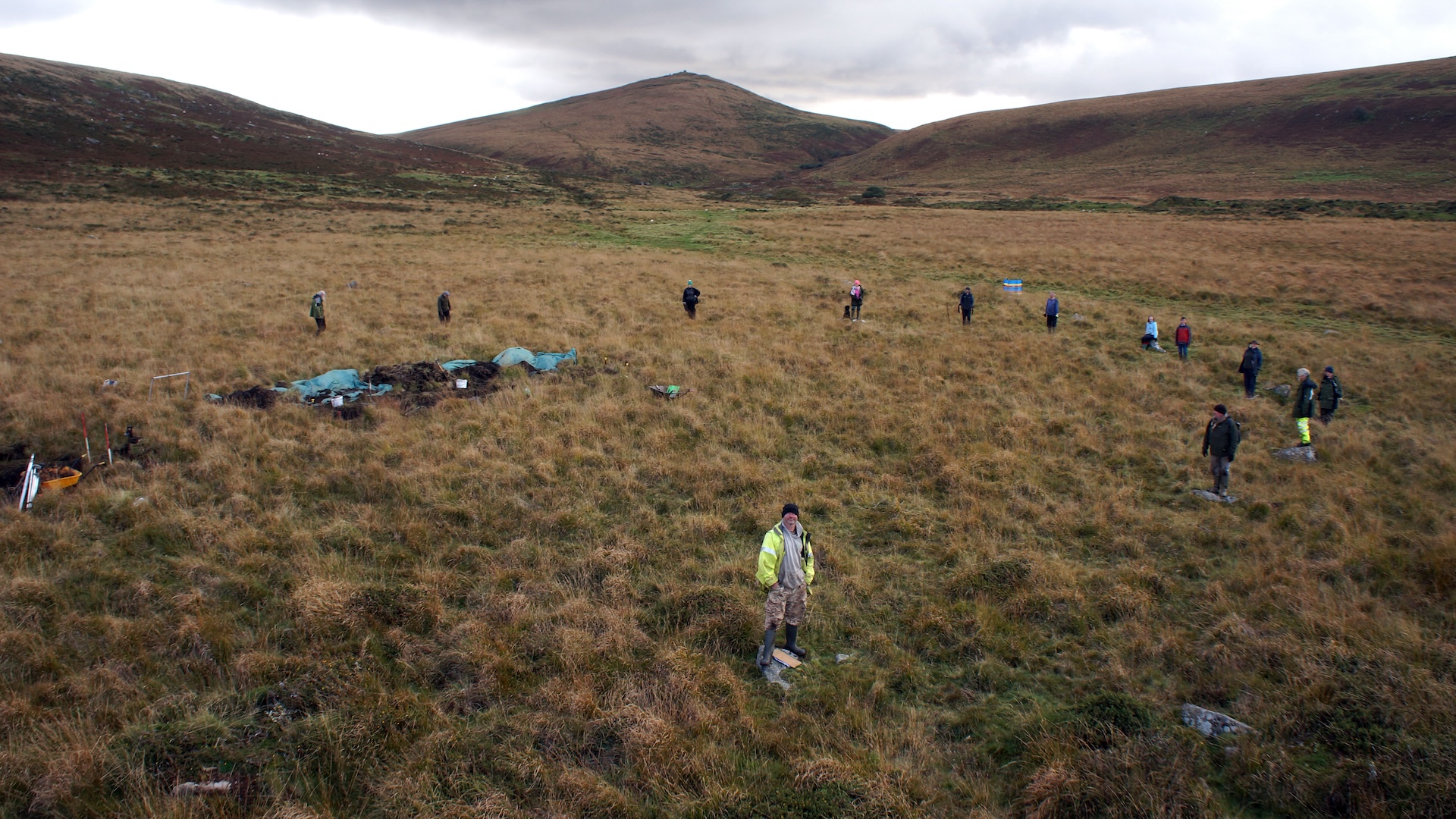Plants, Vol. 13, Pages 3248: Genome-Wide Identification and Characterization of SNPs and InDels of Capsicum annuum var. glabriusculum from Mexico Based on Whole Genome Sequencing
Plants doi: 10.3390/plants13223248
Authors: Valeria Itzel Moreno-Contreras Ma. Carmen E. Delgado-Gardea Jesús A. Ramos-Hernández Alfonso Mendez-Tenorio Hugo Varela-Rodríguez Blanca Sánchez-Ramírez Zilia Y. Muñoz-Ramírez Rocío Infante-Ramírez
Capsicum annuum var. glabriusculum is an economically important horticultural crop and is considered the wild genetic ancestor of chili peppers. The distribution range extends from southern North America, through Central America, to South America. Approximately 226 million 150 paired-end reads were generated from CHMX_Ch1 (a C. annuum from Chihuahua, Mexico). To compare with the CHMX_Ch1 genome, high-quality reads from QO (a C. annuum from Querétaro, Mexico) were downloaded from the NCBI database. A total of 210,324 variants were detected in CHMX_Ch1, whereas 169,718 variants were identified in QO, all compared to the domesticated C. annuum reference genome, UCD10Xv1.1. This comprised 203,990 SNPs and 6334 InDels in CHMX_Ch1 and 164,955 SNPs and 4763 InDels in QO. The variants with high and moderate impact were identified as missense, splice acceptor, splice donor, start lost, stop gain, stop lost, frameshift, insertion, and deletion effects. The candidate genes with the highest fold enrichment values among the SNPs were predominantly involved in gene regulation and metabolic processes. InDels were associated with nuclear and transcriptional regulator activity in both genomes. Overall, a greater number of variants were found in CHMX_Ch1 compared to QO. This study provides knowledge of the principal functions associated with high- and moderate-impact variants and supplies a resource for further investigations of the genetic characteristics of these chiltepin peppers.

 1 day ago
19
1 day ago
19


